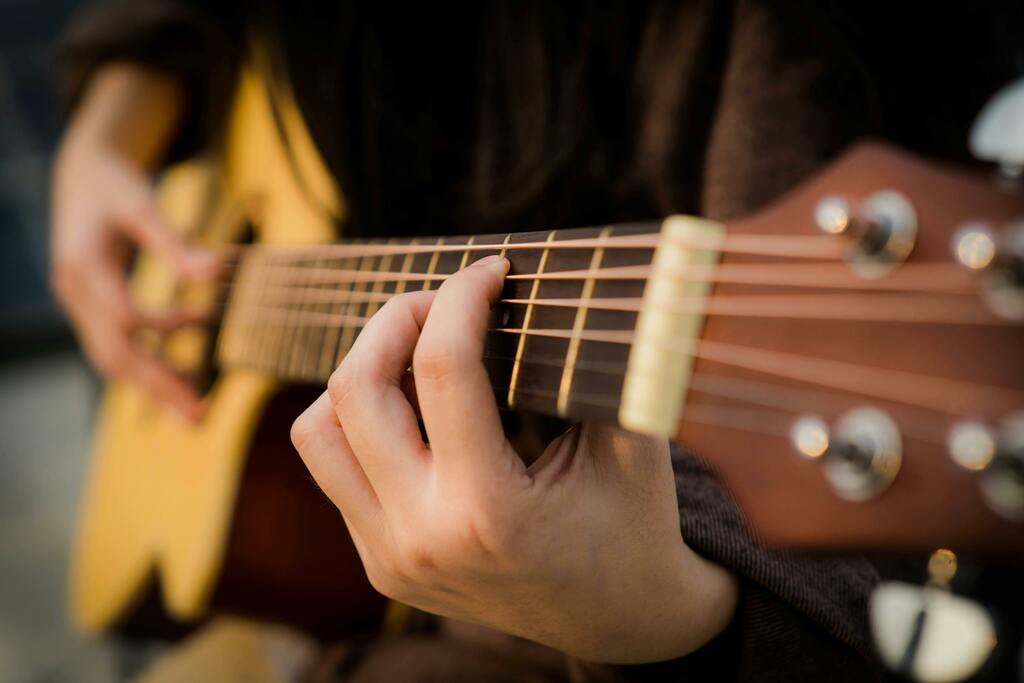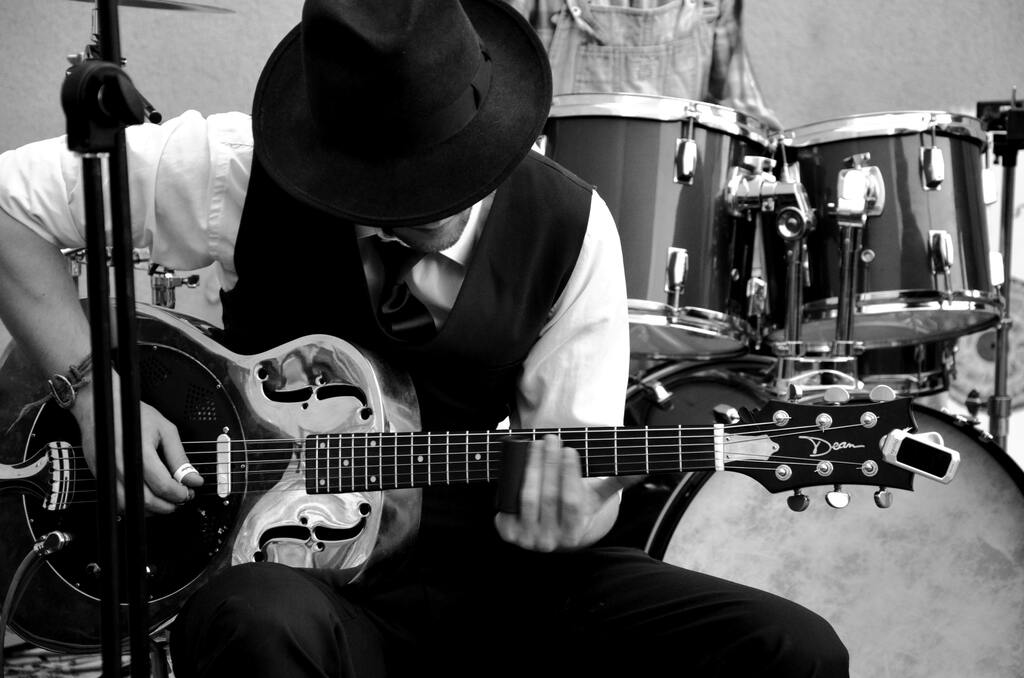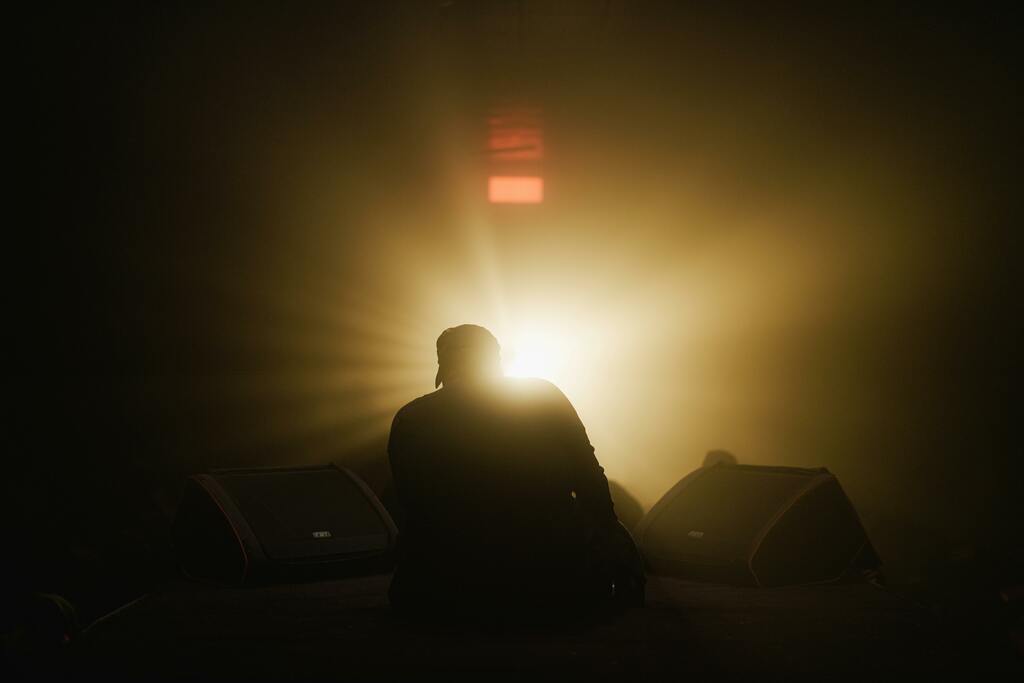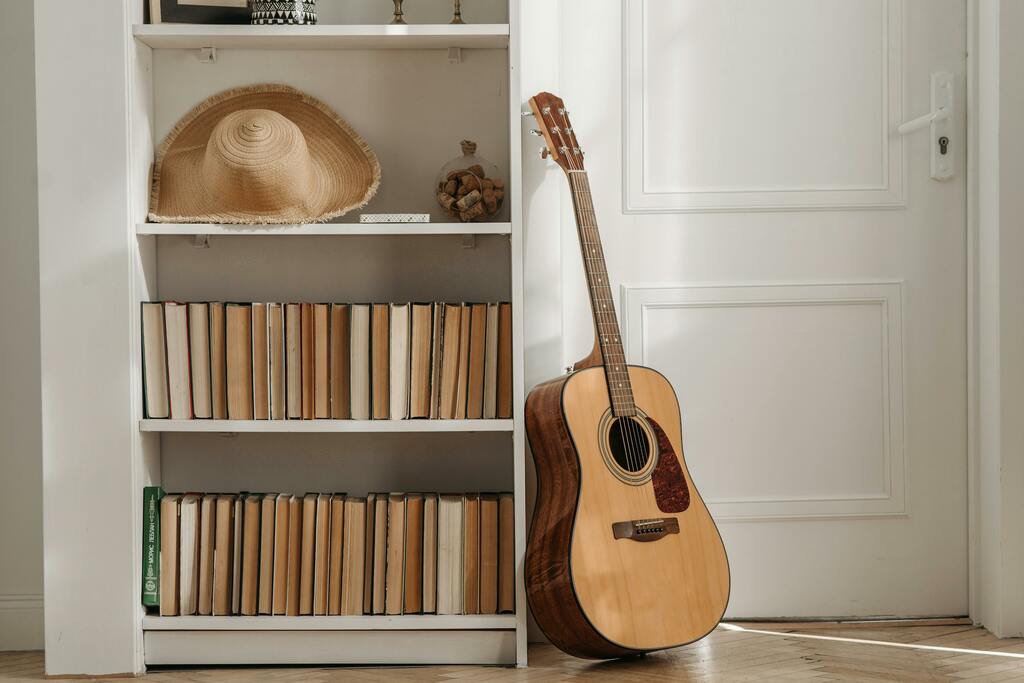Choose Your Course
Guitar Courses

Jazz
Tues-Wed Evenings
18:00 pm - 21:30 pm
For the more experienced player that would like to dive deep into their understanding of the fretboard, diatonic chords, secondary dominants, scales and improvisation techniques.
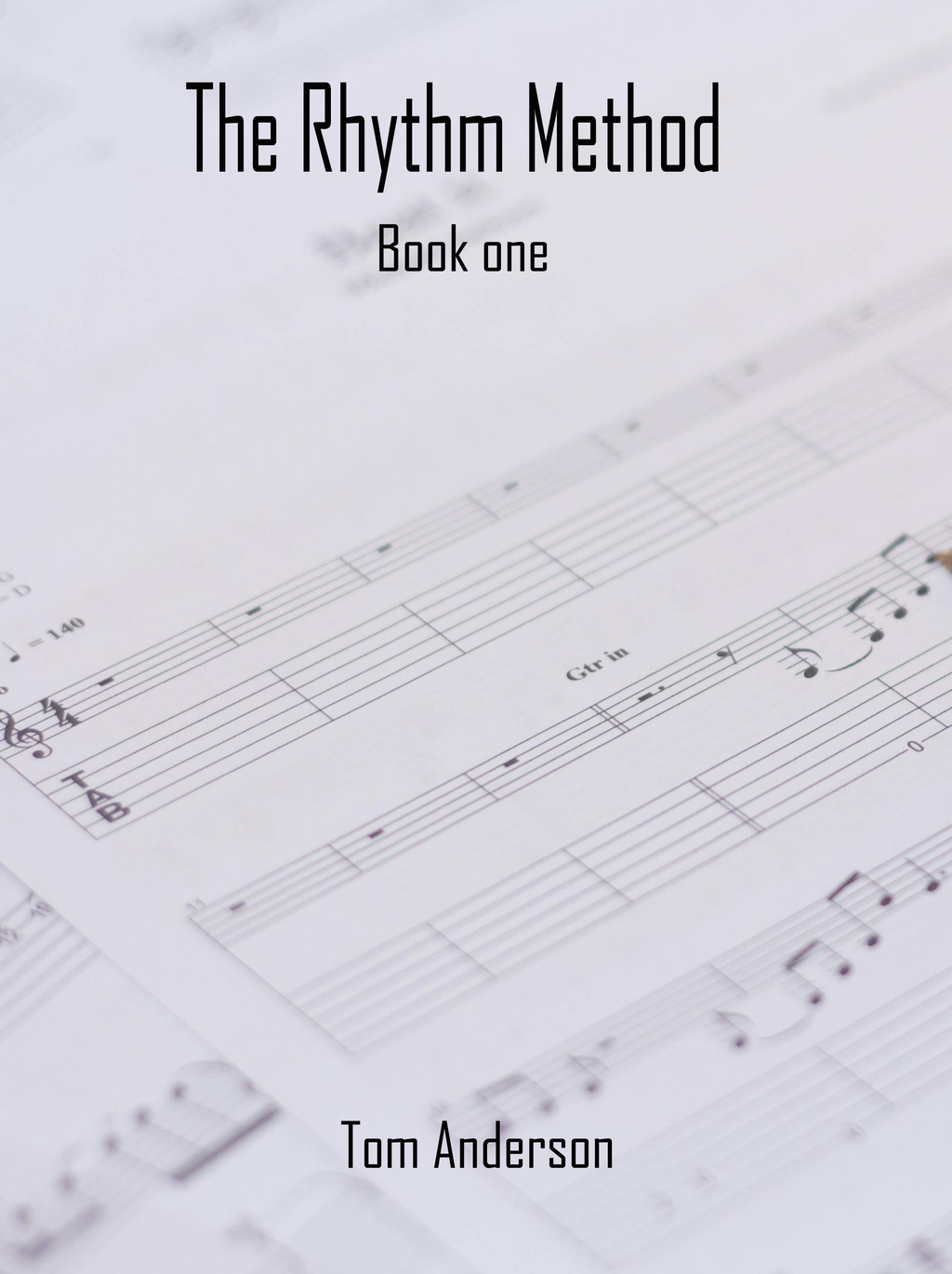
The Rhythm Method book 1
Fine tune your rhythm pattern recognition across the basic subdivisions. Based on pattern recognition.
Crotchets, Minims and Semi-breves. (1/4, ½ and whole notes)
Quavers. (1/8th notes)
Semi-quavers. (1/16th notes)
Rests Crotchets, Minims and Semi-breves. (1/4, ½ and whole notes)
Rests Quavers
Rests Semi-Quavers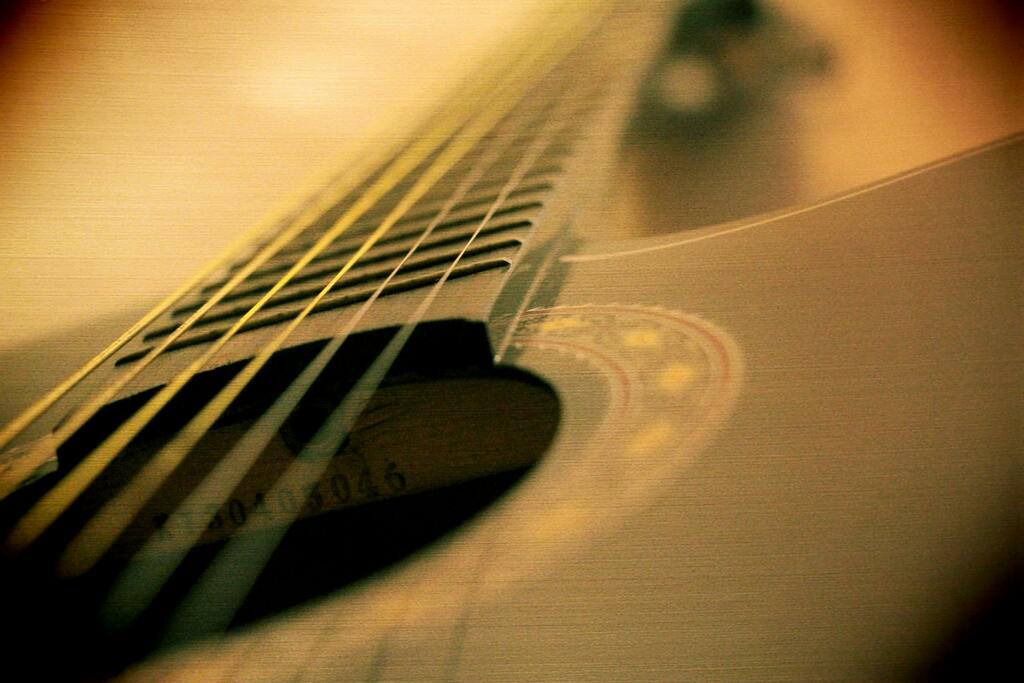
Different Strings Workshop coming soon
Enquire via the contact form below
13:00 pm - 15:00 pm
Explore the concepts of alternative tunings, take your songwriting to a new level, learn some classic folk tunes and a little bit of theory to expand the possibilities.
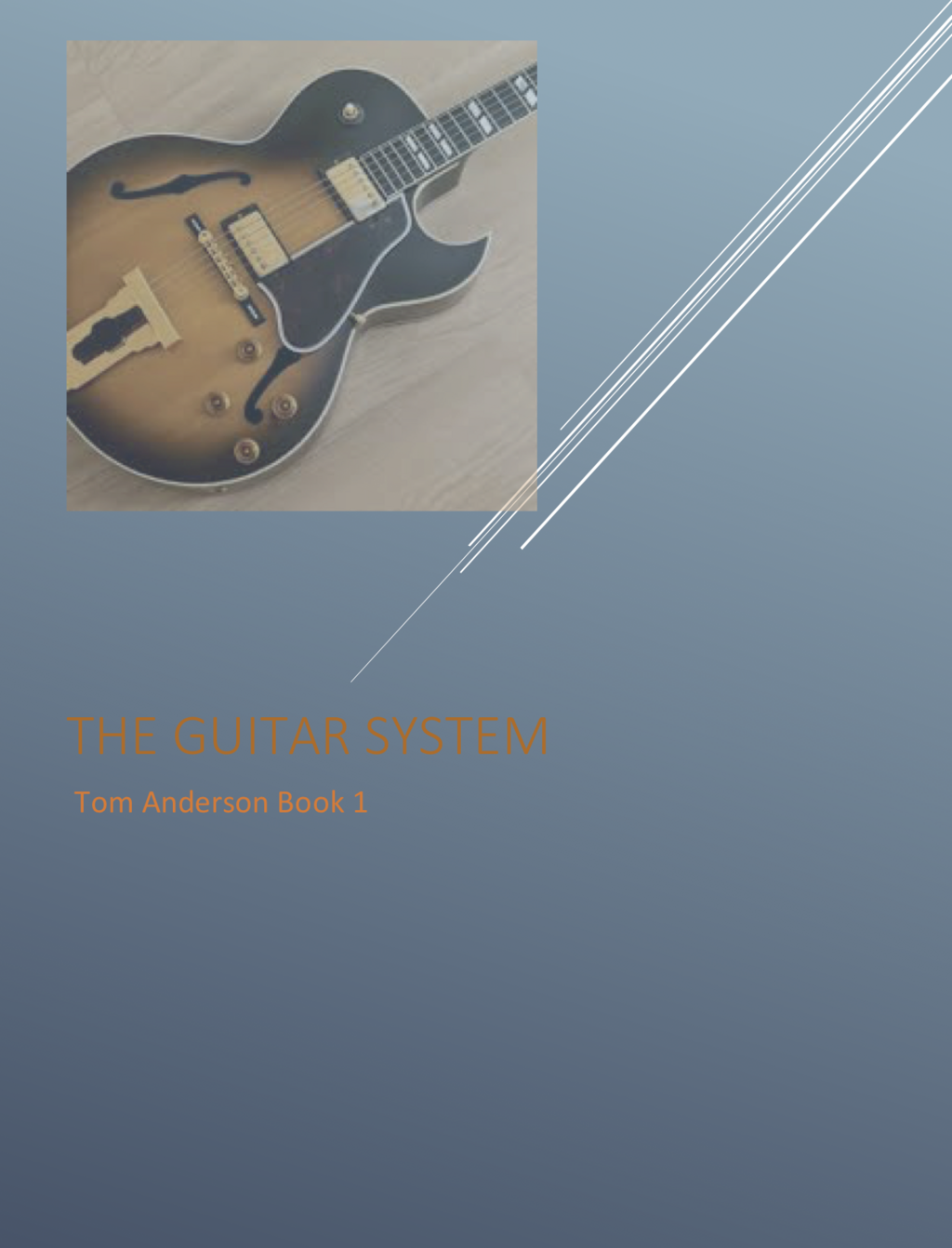
Jazz Guitar Book1
For the more experienced player that would like to dive deep into their understanding of the fretboard, diatonic chords, secondary dominants, scales and improvisation techniques. A complete Major Key, diatonic chords workout of the CAGED system with Chord analysis, scales and finger exercises.
Book 1 free with the Guitar Jazz course.
